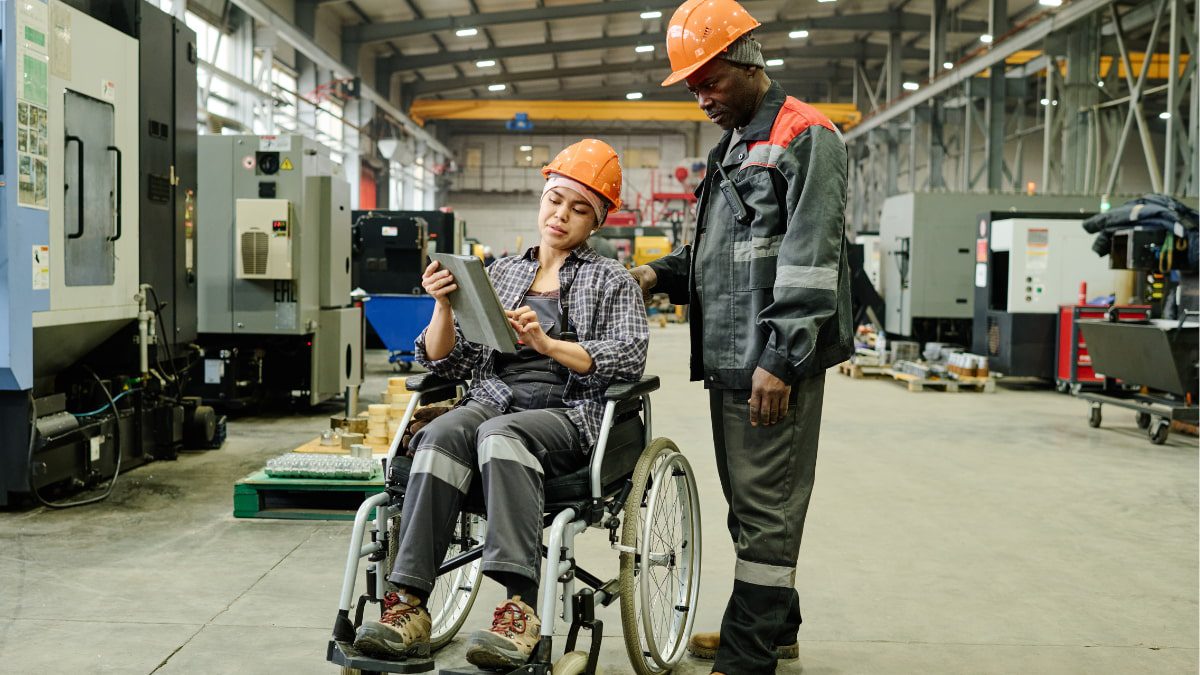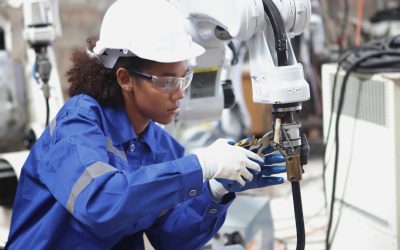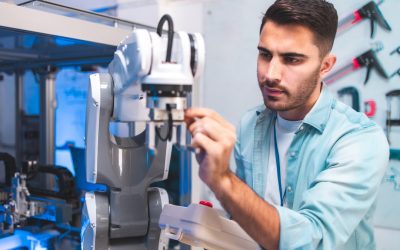Collaboration. A word that must hold so much more than the meaning of “working together” for the manufacturing sector.
Collaboration in manufacturing must focus on entire workforces coming together to build resilience and efficiency into what many still describe as outdated processes, to stay agile and meet ongoing economic demands. Seamlessly integrating automation into manufacturing processes to support business growth and sustainability.
Why?
To help bridge the gap between automation and integration.
As automation partners, we know that when we bring in all the varying areas of the manufacturing setup, we achieve the best and most successful results. It’s what allows us to design and develop bespoke systems that work for our clients so they can deliver on their long-term business goals.
Collaboration is reshaping manufacturing workflows, and in this post, we look at how manufacturers are using collaboration as a tool to drive successful automation projects forward.
How cross-team collaboration drives automation success
Improves problem-solving.
When we are in a position to bring diverse disciplines and their perspectives and expertise together, businesses will thrive.
By sharing knowledge and perspectives, as well as information and expertise, teams can collectively solve the challenges faced in manufacturing processes. Challenges that, if manufacturers are honest, can’t be rectified or solutions found when teams work in isolation.
Creates opportunities.
When you bring teams together, you see things from other people’s perspectives. Possibly a perspective that you haven’t thought about or considered before, but which leads to an opportunity for positive change.
For example using the knowledge from those who are responsible for the working environment and production line efficiency to data analysts who monitor system performance, and including those on the front line working with the machinery and the current production process day in day out, you will find ways where automation can improve repetitive tasks, increase efficiency, improve employee safety, boost productivity, save time, and reduce costs.
Check out our work with Michell Manufacturing on their semi-automated workstation that helped to improve efficiency and production.
Brings people together.
Avoiding miscommunication and ensuring seamless integration of hardware, software, and human workflows, collaboration helps to make an entire system function effectively and safely.
Ensuring systems and processes are more resilient, efficient, and adaptable, while maintaining a user-centred approach, collaboration ensures that all perspectives and requirements are considered, and everyone is aware of and understands workflows beyond their department.
Maintains compliance standards.
Prioritising safety is vital in manufacturing, and automation has long been a solution that helps to improve worker safety and meet stringent health and safety conditions.
By collaborating on real-time performance issues, providing up-to-date security information, and automating monotonous tasks, automation through collaboration helps reduce risk and balance safety levels.
For up-to-date industry news, sector regulations, and collaborations, the Institute of Engineering and Technology and The Manufacturer are both great resources to tap into.
Avoids challenges with system integration.
Automation components such as sensors and controllers, PLC logic, and machine learning, for example, must all work together seamlessly to provide an efficient process.
This means buy-in from ALL teams is essential, as if these automated components are designed in silo, we could see incompatible data formats, insufficient processing, challenges with integration, and more.
By bringing teams together, you can not only adopt common communication channels that support smooth operations, but you can also build system architecture seamlessly.
Uses real-time data to its advantage.
Modern automation is no longer about isolated machines, but rather a series of automated solutions that provide real-time insight and analysis.
Input from multiple teams helps to leverage predictive maintenance in manufacturing, provide early anomaly detection, reduce downtime, and optimise production and cycle times.
Using both information and operational technology together to achieve the best outcomes, and reduce downtime and machine failure, make sure to check out our post on the advantages of IT and OT convergence and how collaboration in these areas helps to support a better return on investment.
How collaboration powers successful automation projects
By bringing cross-functional teams together and sharing insight, expertise, and production line knowledge, manufacturers can design, develop, and implement not only the right automation solution but a solution that supports business objectives and long-term growth.
At Innomech, we believe that automation systems should be interconnected and bespoke to you, and our teams want to help manufacturers unlock the full potential of automation by delivering systems that drive performance, build resilience, and support sustainable growth through collaboration.
To find out more, book a call with a member of our team today.
Successful automation comes from teams working together. Are you ready to get started?




